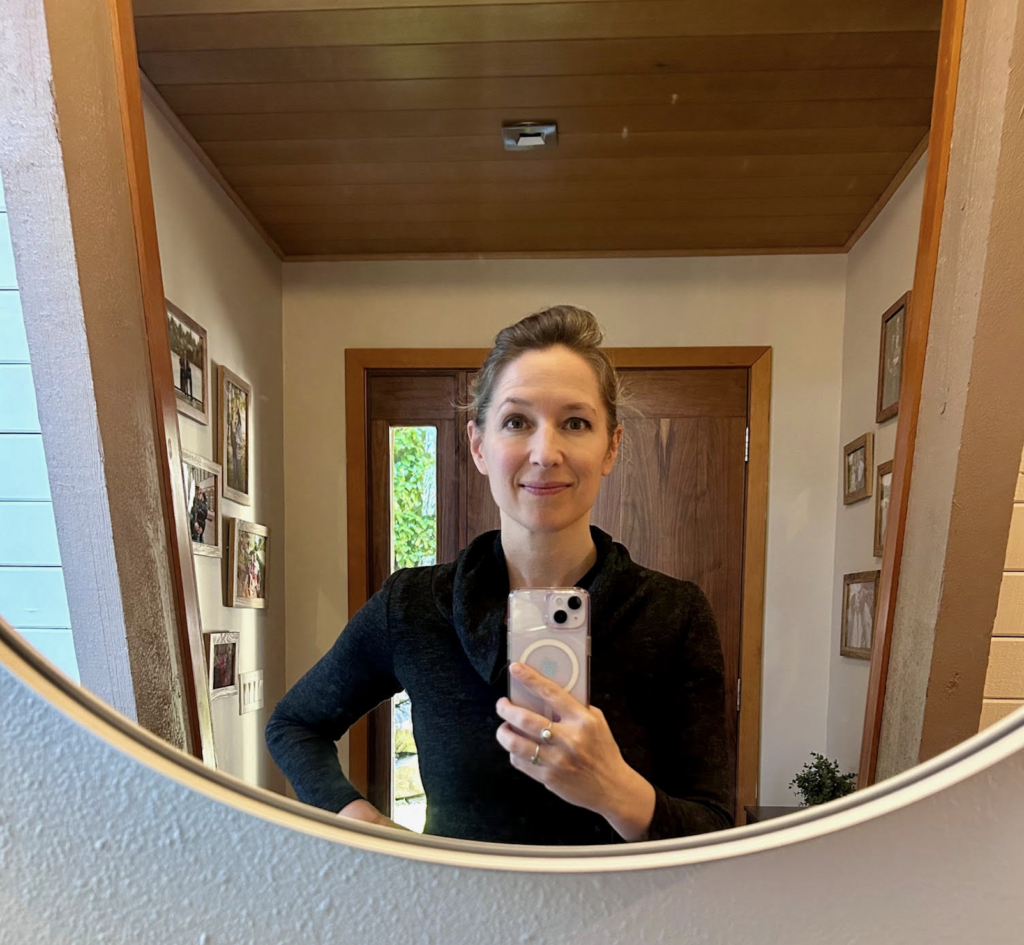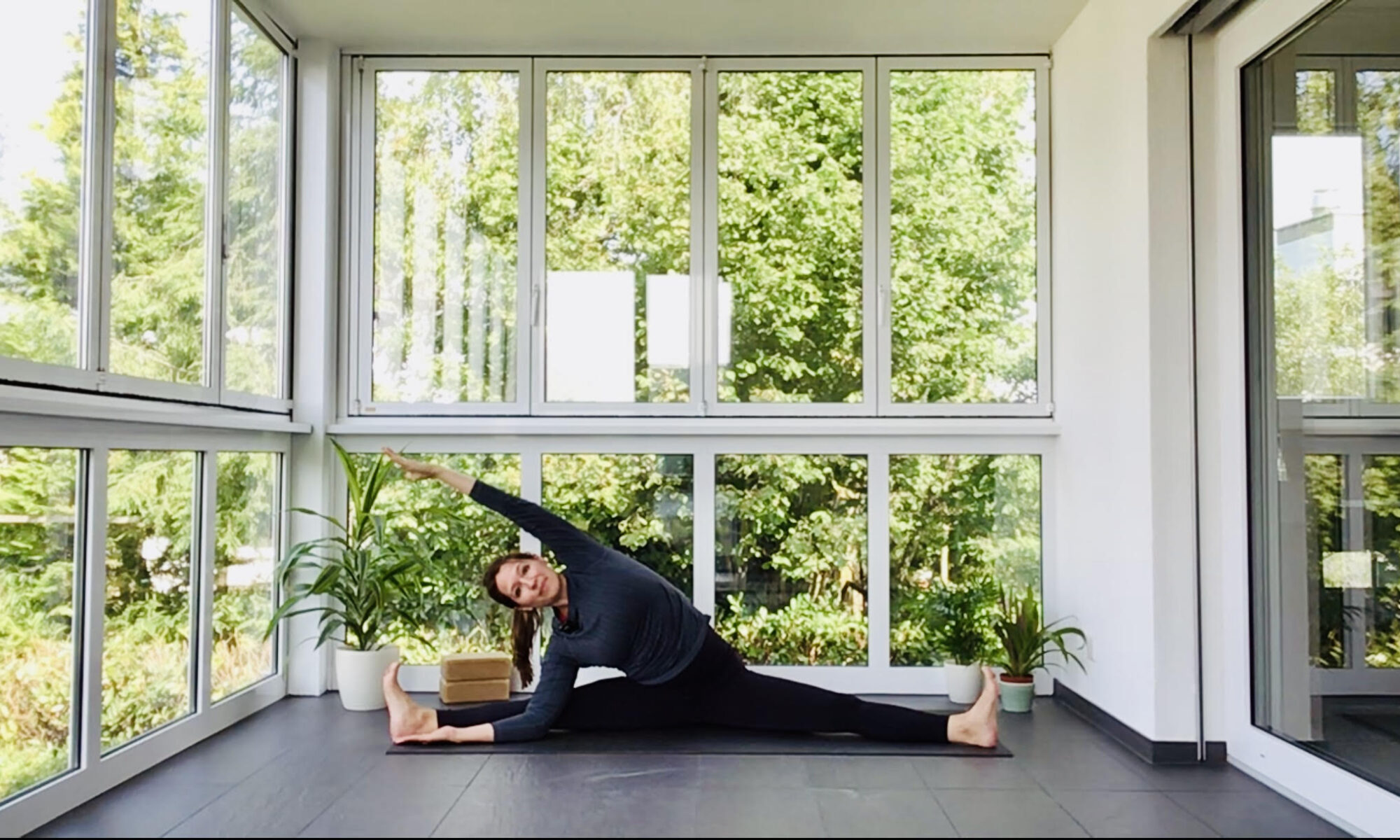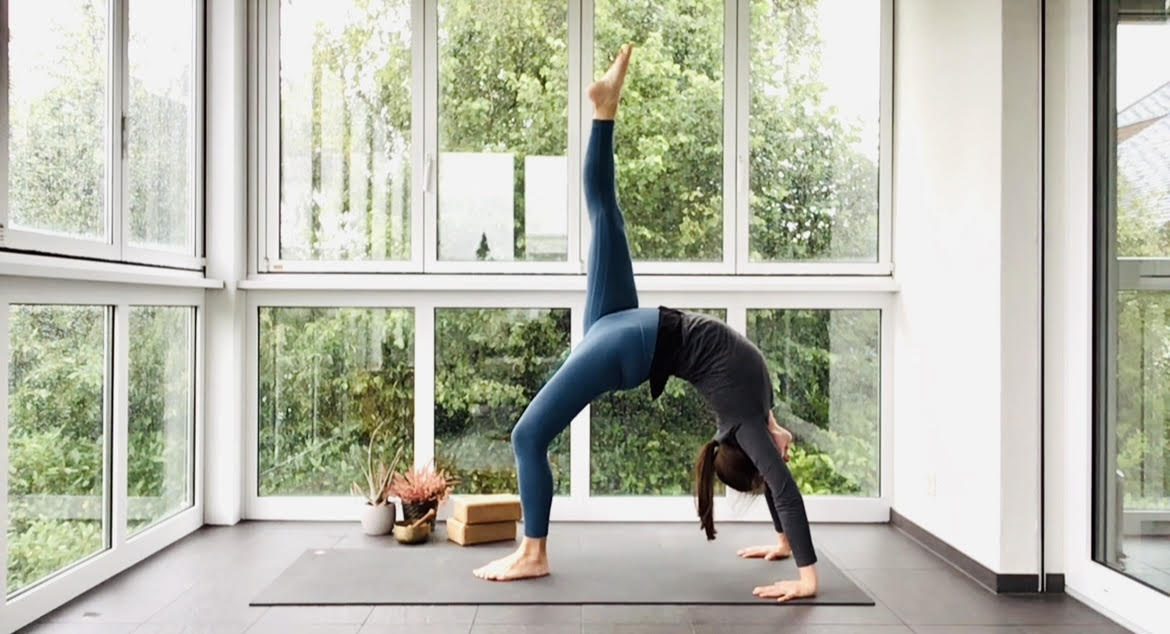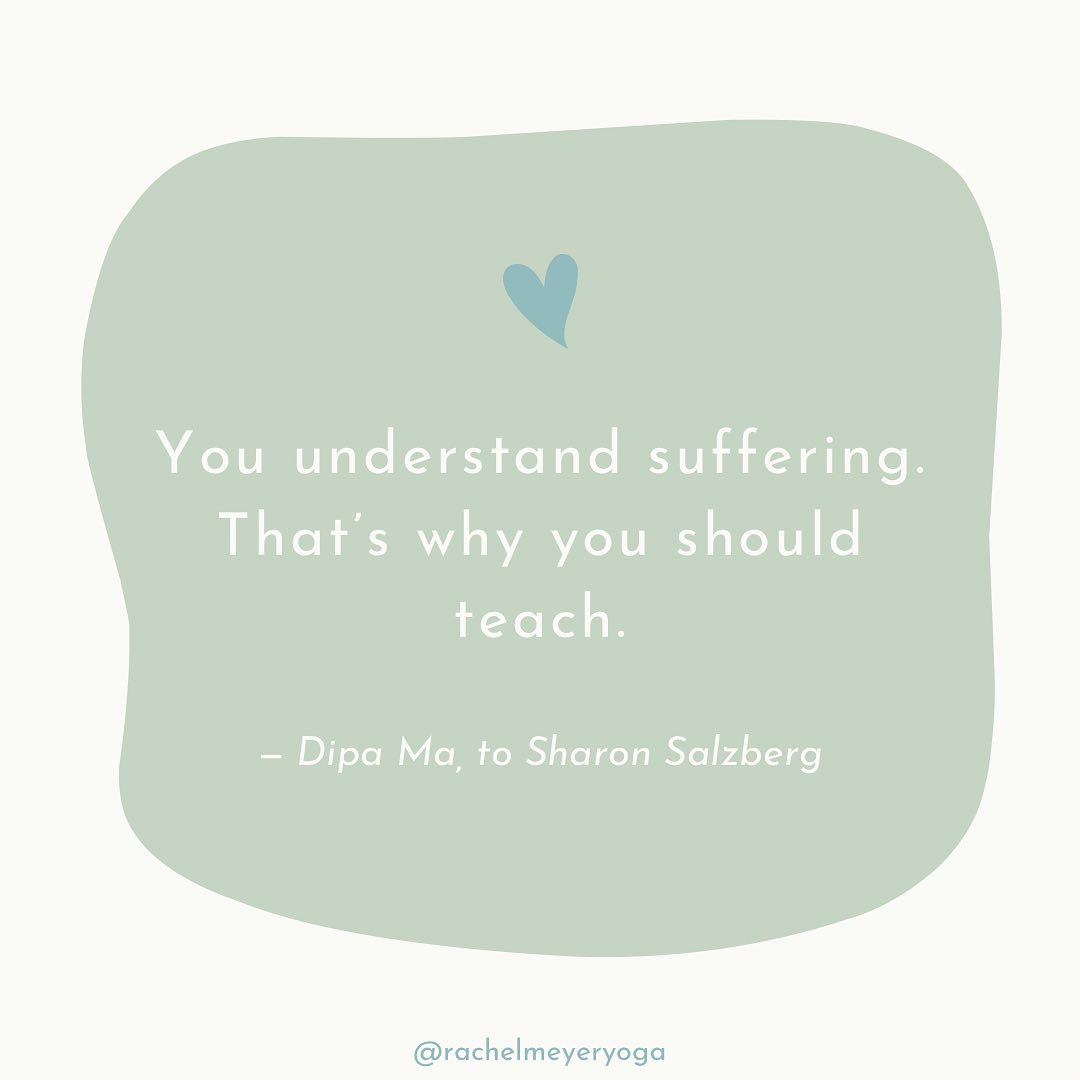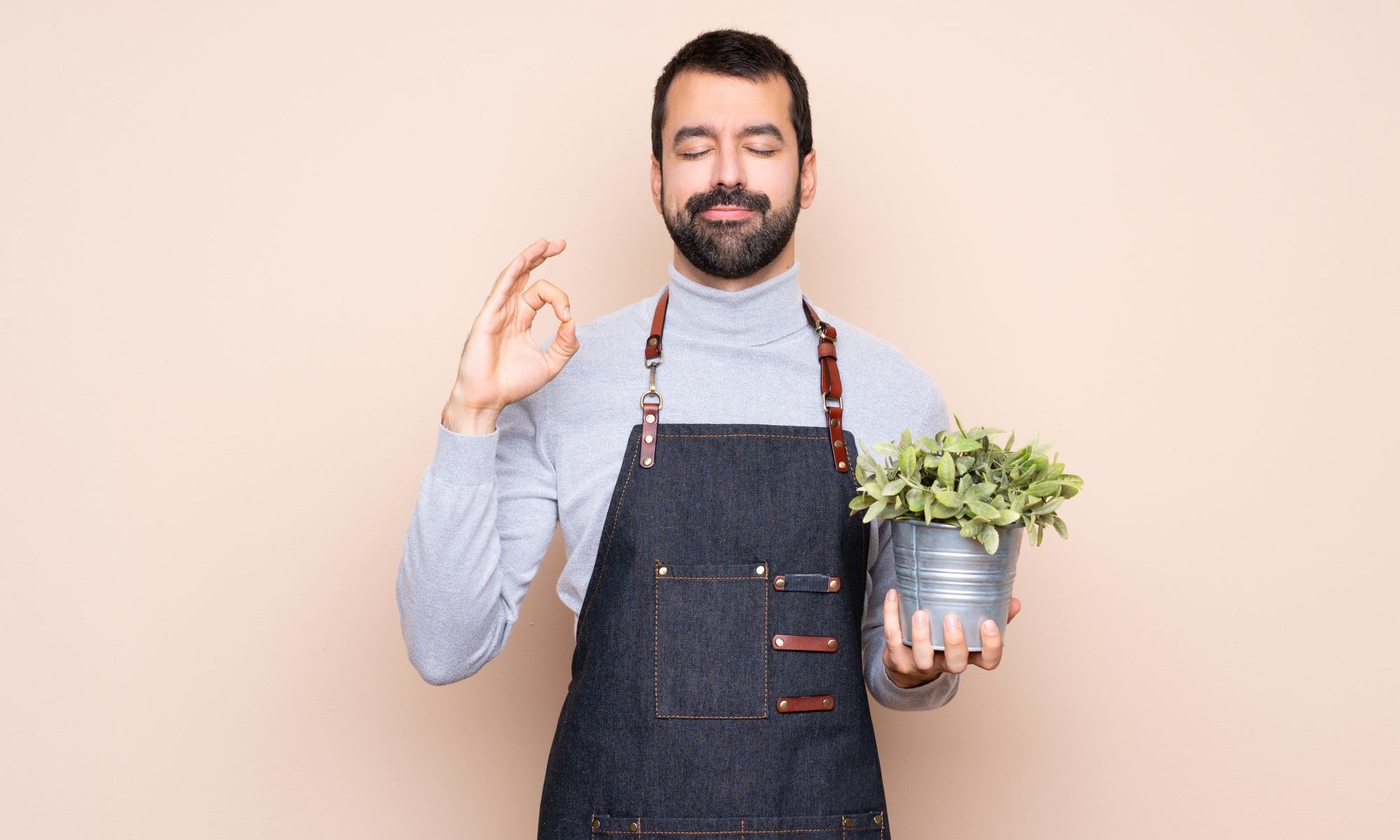It’s been just over three weeks now since my injury.
While Trump has been busy setting fire to democracy, I’ve been tending the fire at home, grateful for the warmth; grateful for the crackle; grateful for the burning.
The weather in Seattle has been oddly sunny and dry. It shifted today in favor of more typical Pacific Northwest rain, but these few weeks, I’ve been so grateful for the unusual sun streaming into these big skylights. This living room, with its high sloped ceiling and windows looking out onto the evergreens, has been such a grace.
My cozy sanctuary.
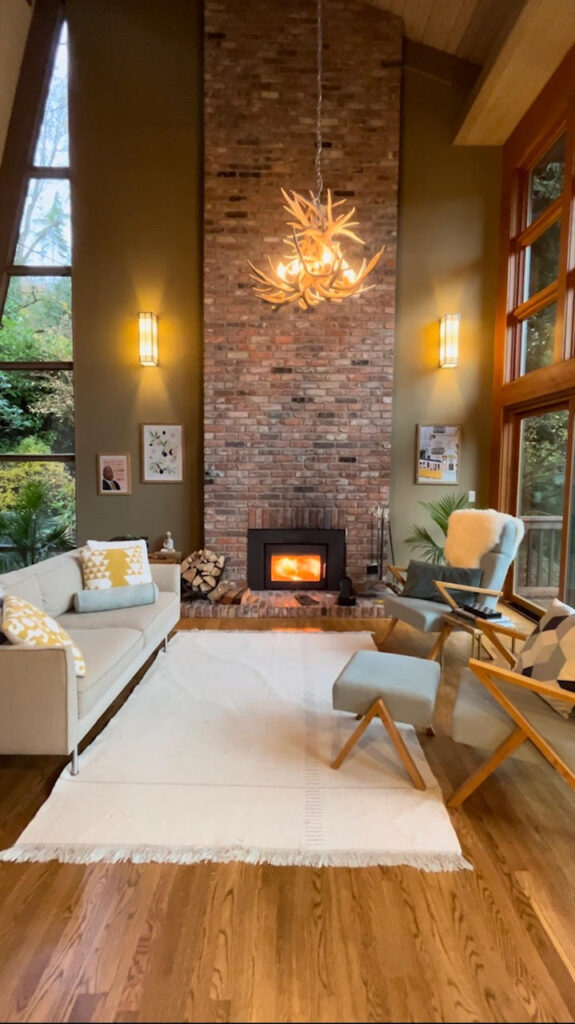
Around 11am the sun comes in through that window on the left. I stand in the light and do gentle upper body yoga stretches: Gomukhasana binds and Garudasana twists and half sun-salutations and simple arm exercises. It’s quiet and bright and nothing like my usual planks and Chaturanga push-ups, but it feels like something, and it drops me into my breath, and helps with circulation, and I’ll take any and all of that after three weeks of not much movement.
The healing is slow going, but each day feels a little better. I can sit on my cushion at the dinner table now for 10 or 15 minutes and actually eat a meal with my family. I’ve graduated from standing at my laptop at the kitchen counter to sitting across from this crackling fire, breathing in the warmth while I type. Sitting too long or climbing too many stairs leads to a dull pain, though; my body really tells me when I’ve pushed it too hard, and then it’s back to lying on my side I go.
Driving is still, well, kind of awful. I can manage to take my kid the five minutes to and from school. Any more than that is tough. Driving means bracing all my muscles and pressing my left foot hard into the floor and gripping the ceiling handle with my left hand when we go around corners, and always, always going slowly, never pushing the speed limit.
The other day I gathered up my courage and drove the 15 minutes to Trader Joe’s. I moved so slowly and mindfully around the store, pushing my cart like an arthritic elderly woman, breathing in through my nose reaching down for the canned diced tomatoes, breathing out through my nose lifting them up and into my cart.
When I got to the checkout, the always-friendly cashier (of course, because he’s paid to be) said jovially, “So, got any big plans this weekend?”
I threw my arms out and declared proudly: “This is it!!”
And it was!! It felt like such a huge accomplishment.
Starting next week, thanks to a referral from the orthopedic trauma specialist, I can begin regular physical therapy. I’m so excited to sit down with a real anatomy/kinesiology expert and sort out exactly which yoga poses I can begin to incorporate again, and when. They’ve got clever apps that remind you to do your home exercises at a certain time every day and everything.
I can’t wait to be the ultimate PT overachiever.
A few other things that are helping right now:
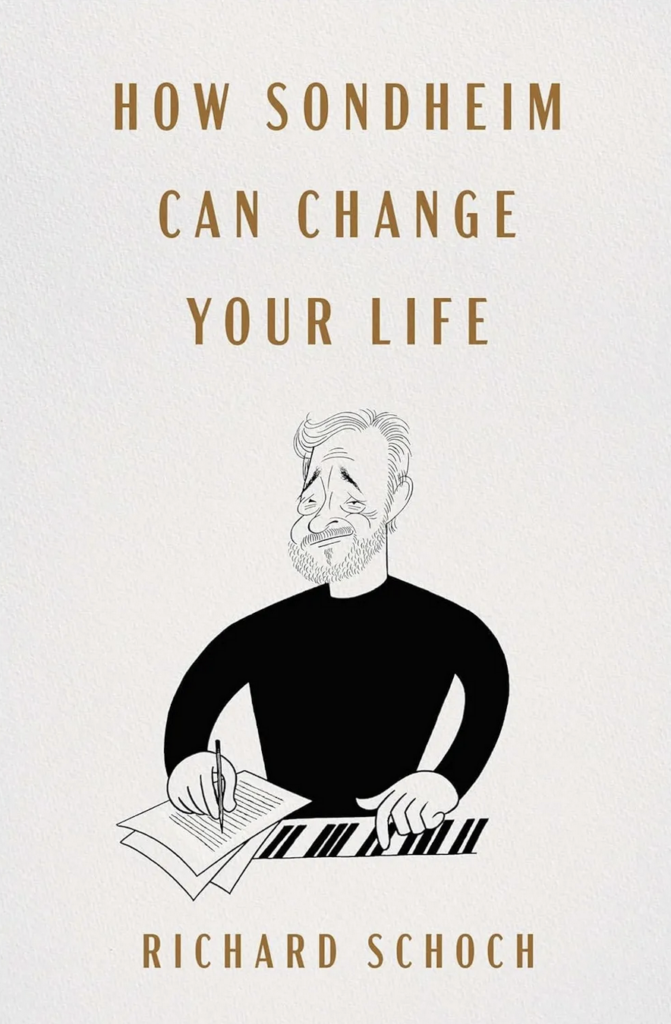
How Sondheim Can Change Your Life. This new book from Richard Schoch has been such a light. I first discovered it because my old friend Shaun Taylor-Corbett happened to narrate the audio book. (And he’s amazing! Reason enough to check it out.) But American musical theater icon Stephen Sondheim has always been a favorite of mine. As Schoch writes: “His musicals are for grown-ups.” Sondheim’s music and characters feel like dear old friends. They rush me back to early college mornings when I’d trudge across the UDel campus, piano books in tow, and belt out showtunes in an empty practice room in the echoing Amy E. DuPont music building while my fellow undergrads slept off hangovers. Amazing the power of a lyric or a melody to take you back 25 years in a heartbeat. I so highly recommend this book to any fellow musical theater-lovers. It’s a joy.
Pixar’s Soul. We watched this last weekend and oof, what a film. Can’t believe we hadn’t seen it yet. Loved the jazz vibes, the amazing piano work, the many meaningful moments, the emphasis on spark and finding what gives your particular life purpose, and — perhaps most importantly — the way it modeled wonder and awe without being overly preachy. Was so glad to look over at my kid and see him soaking up these messages. It felt like church. Such a pleasant surprise.
Duolingo. This isn’t a new discovery, but a treasured one that’s reminding me of its value right now. We first signed up for the Duolingo language app back in 2018 when we first moved to Switzerland. I’ve been practicing with it reliably since then — and that’s right, I’m proud to have maintained a 1446 day streak! Don’t lose that shit! Not everyone may agree, but I’ve found it an amazing way to keep learning and to continue to develop my German skills. It’s also a great way to stay connected to friends and family across the globe: my goddaughters in Delaware, BFFs in Basel, cousins across the country, nieces on the East and West Coasts, and former colleagues in Pennsylvania. Giving each other a virtual high five across the miles feels, well, kind of great. And it’s one more accessible thing I can accomplish, even while lying on my side on the sofa when my injured body says whoa.
Magnesium and calcium supplements. I’m taking both of these in an attempt to support bone healing. Magnesium glycinate is a great help if you’re waking often in the night. My acupuncturist had recommended it to me several months ago for deeper sleep, and when the ER doctor mentioned it as a muscle relaxer, I was grateful to already have a bottle in the kitchen cabinet. It has helped with relaxing my sore muscles post-fall and with managing to sleep even when my hips ache from always being on my side. And calcium is, of course, great for fending off osteoporosis, anyway.
Chia pudding. Another longtime fave that’s proving its worth these days. Chia seeds are a true superfood, packed with nutrients and energy and protein and fiber. Throw 3 TB chia seeds in a glass mason jar and add 3/4 cup chocolate or vanilla soy/oat/almond milk. Add a splash of maple syrup and a dash of vanilla flavoring. Stir it well. Wait 10 minutes, stir it again, and then put it in the fridge for a few hours. Voilà. Your favorite protein pudding. We eat it every day for breakfast — and I can feel the energy difference when I don’t.
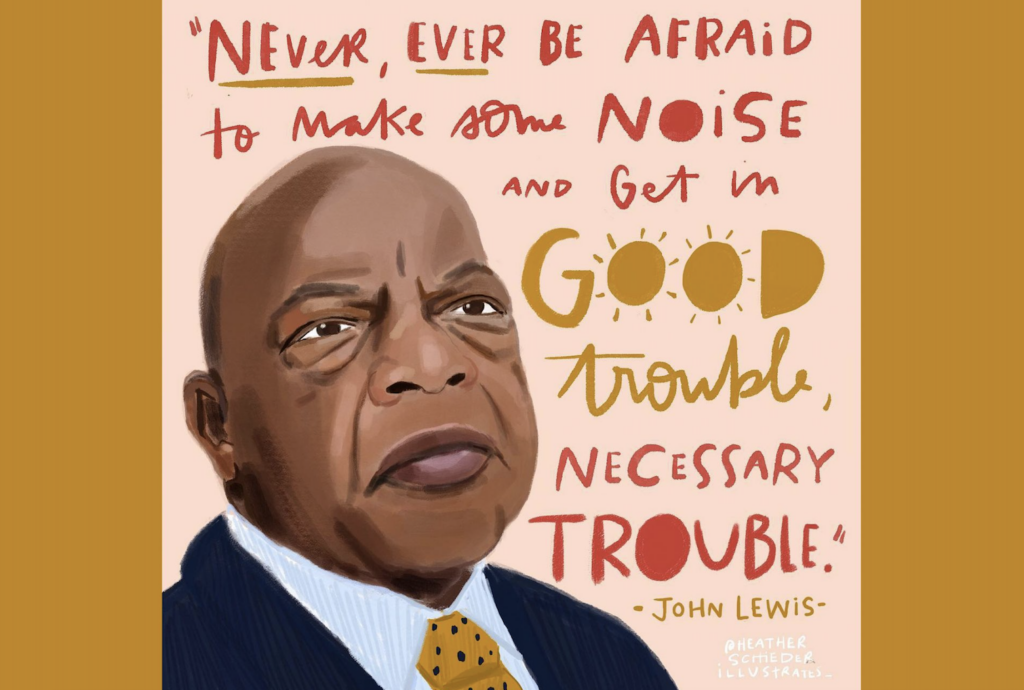
John Lewis and Good Trouble. I’ve long been a fan of the late Congressman and civil rights icon John Lewis. We’ve had this art print by Heather Schieder hanging on the wall for a few years now. I look up and see it daily, and am inspired by Lewis’s story and his example, and his directive to “Never, ever be afraid to make some noise and get in good trouble, necessary trouble.” It feels more important now than ever.
Sticky socks and orthopedic sandals. Yup, the ones your kids wear to the trampoline park. And yes, the kind your grandma wears around the house to help with her plantar fasciitis. We’ll do whatever it takes to not slip anymore around here. We were lucky to kind of accidentally land in a beautiful 1970s home with all the foresty Pacific Northwest vibes — including super slippery wooden floors, and multiple unique stairways throughout. But after my sacral wipeout (and ok, probably due to some lingering PTSD from the fall, too), we’re not fucking around anymore. I ordered six pairs of sticky socks so that all three of us won’t risk slipping again. I started wearing orthopedic flip-flops around the house. And those bitches feel like fucking clouds on my feet. My orthopedic trauma specialist warned me how important it is that I don’t fall again — that this fracture will heal on its own as long as I don’t land on it again. And baby, I’m taking that 100% seriously. We’re sticky and sexy and supported over here.
Workday Jazz. I’ve been listening to Spotify instrumental playlists while I work at home. Blues, jazz, classical: the background tunes make all the difference, and keep my mind from running to planning or worry. Highly recommend for an easy upgrade to your WFH vibes.
The Wicked soundtrack. Have you seen Wicked yet? We were lucky to catch Stephen Schwartz’s famous musical in London when we were there last year. I had seen it 20 years ago when the national tour came through San Francisco, but the music (nor the plot) never completely stuck. This time, it’s different. We saw the film together a few days after it came out. My son has this brilliant ear for remembering music and lyrics, so we’ve been singing the soundtrack together ever since. I will never stop smiling to myself when I hear him belting out the big “Defying Gravity” finale while he and my husband play FIFA together in the basement. It’s great. Cynthia Erivo is excellent — and though I was skeptical about Ariana Grande as G(a)linda, she proved me wrong. We’re already looking forward to Part 2 this fall.
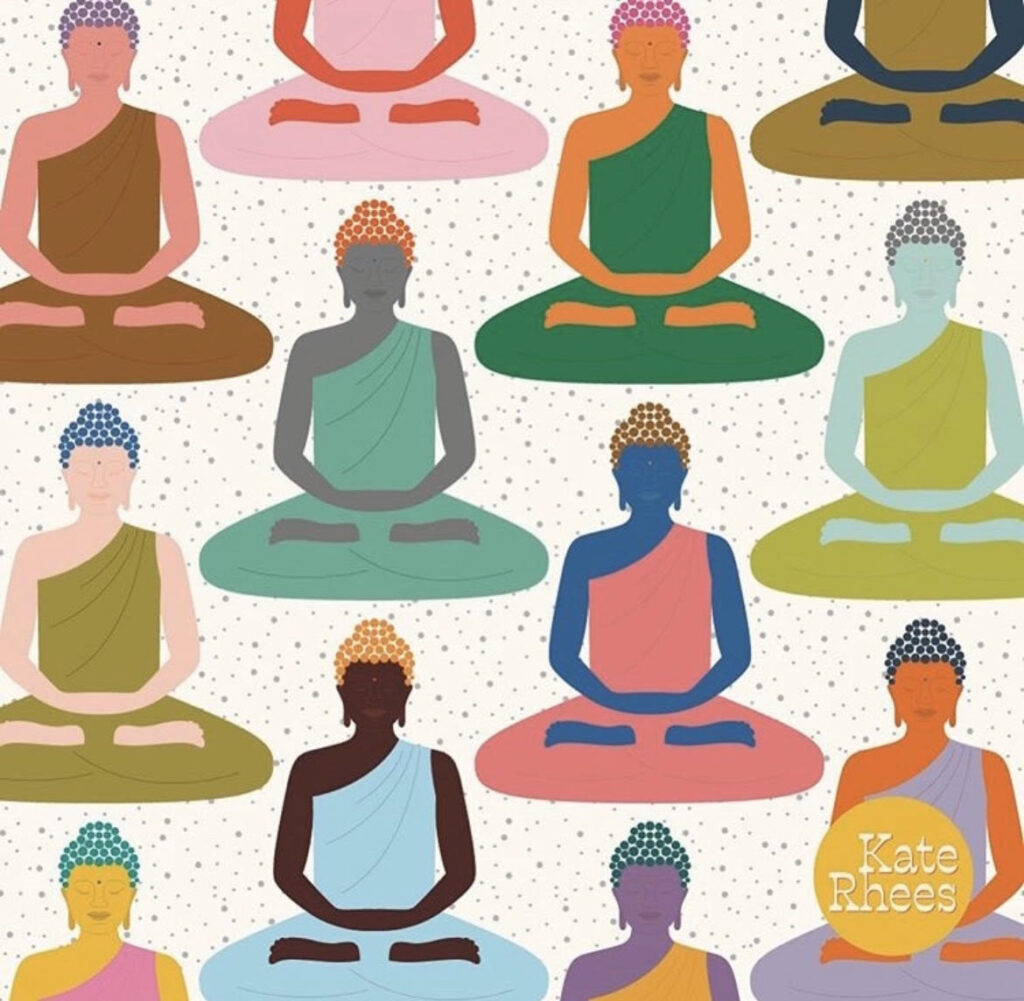
Tending the fire. Zen Buddhists say: “Before enlightenment: chop wood, carry water. After enlightenment: chop wood, carry water.” And I have really felt this in my bones over the course of this winter, and these last few weeks especially, tending to the fire within while I tend to the fire without, as well. Our house runs cold — especially this high-ceilinged living room with the windowed wall. It never quite gets warm. So the fireplace is essential. (It proved itself particularly so last November when a bomb cyclone knocked out our power for 72 hours. But that’s another story for another time.) Something about this fire has fed me, fueled me, comforted me in these cold January weeks post-injury.
At first, I couldn’t do anything but rest on the sofa, let alone crouch down and arrange logs to make a fire. Robb would make one in the evening as the sun went down, and I would curl up there next to the roaring fire in the only place in the house that felt good on my broken sacrum, supported by the firm cushions, warmed by the flames. So it has become my home away from home in these weeks when it’s been too impossible to climb the stairs or mount a tall bed or sleep on a soft mattress.
Tending the fire. Tending to the breath. Tending to the pain.
Tending to the flickering light dancing on the windows when all of the lights in the house are out and I’m there, quietly, with myself and my broken butt.
Healing slowly, bit by bit, every day closer again to whole.
